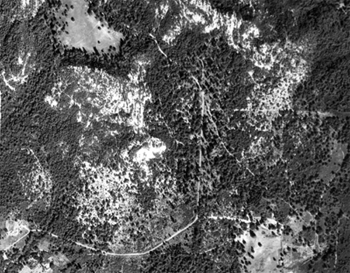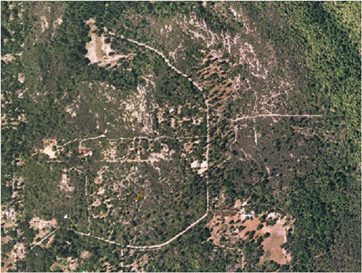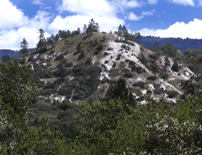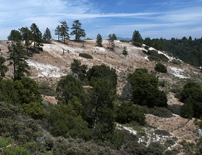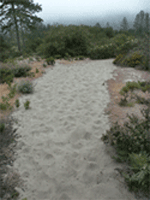
Several factors reduce the quality of habitat for native Sandhills plants and animals and cause population declines and in some cases extirpations (local extinctions). These include:
Off-highway vehicles, equestrians, mountain bikes, and to a lesser extent hikers degrade Sandhills habitat by:
The impacts of recreation on Sandhills species and communities are more acute that in other open space areas because:

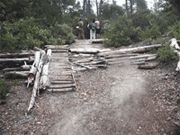
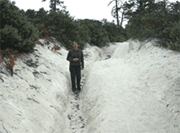
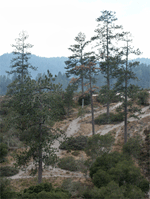
Many Sandhills habitat patches have been invaded by plant species not native to California, including:
These exotic plants degrade Sandhills habitat by:
Unfortunately, exotic plant invasions are ongoing, and will continue to degrade habitat in the absence of active management.
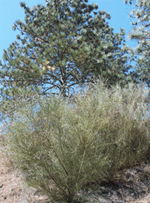
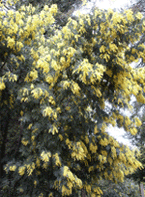
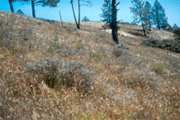
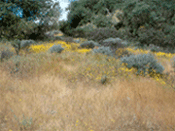
The exclusion of natural wildfires has degraded habitat for many Sandhills species. A natural component of the Sandhills ecosystem, recurring wildfires shaped the evolution of the Sandhills species and the structure and composition of Sandhills communities. Many Sandhills plant species require fire to establish new seedlings and thus persist as populations. Other Sandhills plants and many animals rely on fire to maintain the open habitat conditions that they require to complete their life cycles.
Beginning in the early part of the 20th century, development in central Santa Cruz County lead to the suppression of natural lightening-caused wildfires in the Sandhills. As evident in comparing the historic and current aerial images of the Bonny Doon Ecological Reserve below, the amount of open, sandy habitat (white patches) required by many Sandhills species has been greatly reduced in the absence of fire. This unnaturally succession threatens the Bonny Doon population of Santa Cruz wallflower, and has been credited with the likely extirpation of the Santa Cruz kangaroo rat, which was not observed at the site during a 2003 study.
By facilitating dense growth of increasingly senescent vegetation, fire exclusion is increasing the amount of fuel and the risk of a wildfire that could prove catastrophic both for our natural and human communities.
